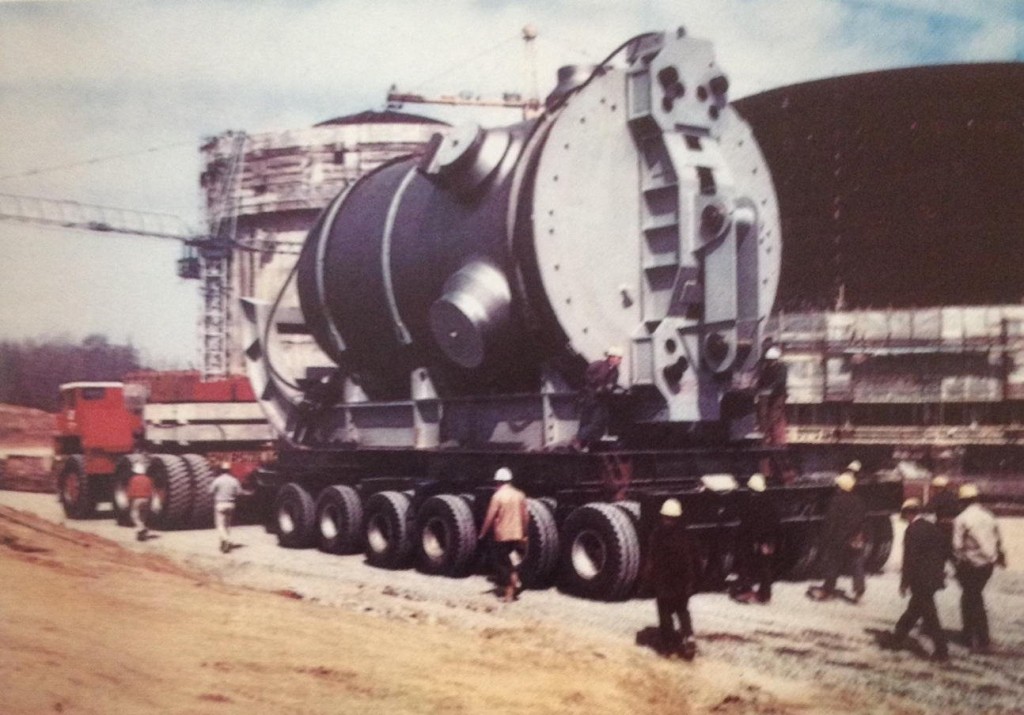Reducing global radiological risk, moving alternative technologies forward

Kristin Hirsch
Radioactive materials are used in medical, research, and commercial facilities to treat cancer, irradiate blood, sterilize food and equipment, and build economies worldwide. In the wrong hands, however, even a small amount of radioactive material can do a great deal of harm. A radiological dispersal device (RDD), otherwise known as a “dirty bomb,” is believed to be an attractive weapon for terrorist groups due to its scale of impact—panic, physical contamination, costly remediation, and denial of access to facilities and locations.
The Department of Energy’s National Nuclear Security Administration Office of Radiological Security (ORS) enhances global security by preventing high-activity radioactive materials from being used in acts of terrorism. ORS implements its mission through three strategies: protecting radioactive sources used for vital medical, research, and commercial purposes by securing facilities that utilize radioactive isotopes; removing and disposing of disused sources; and encouraging the adoption and development of nonradioisotopic alternative technologies such as X-ray and electron beam irradiators.


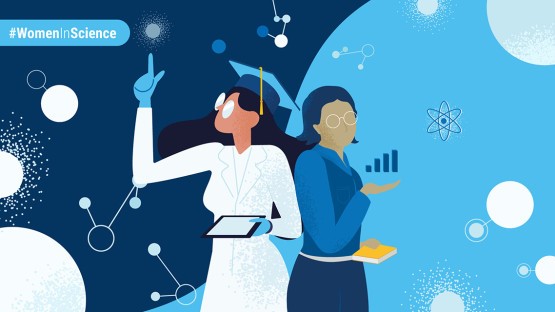
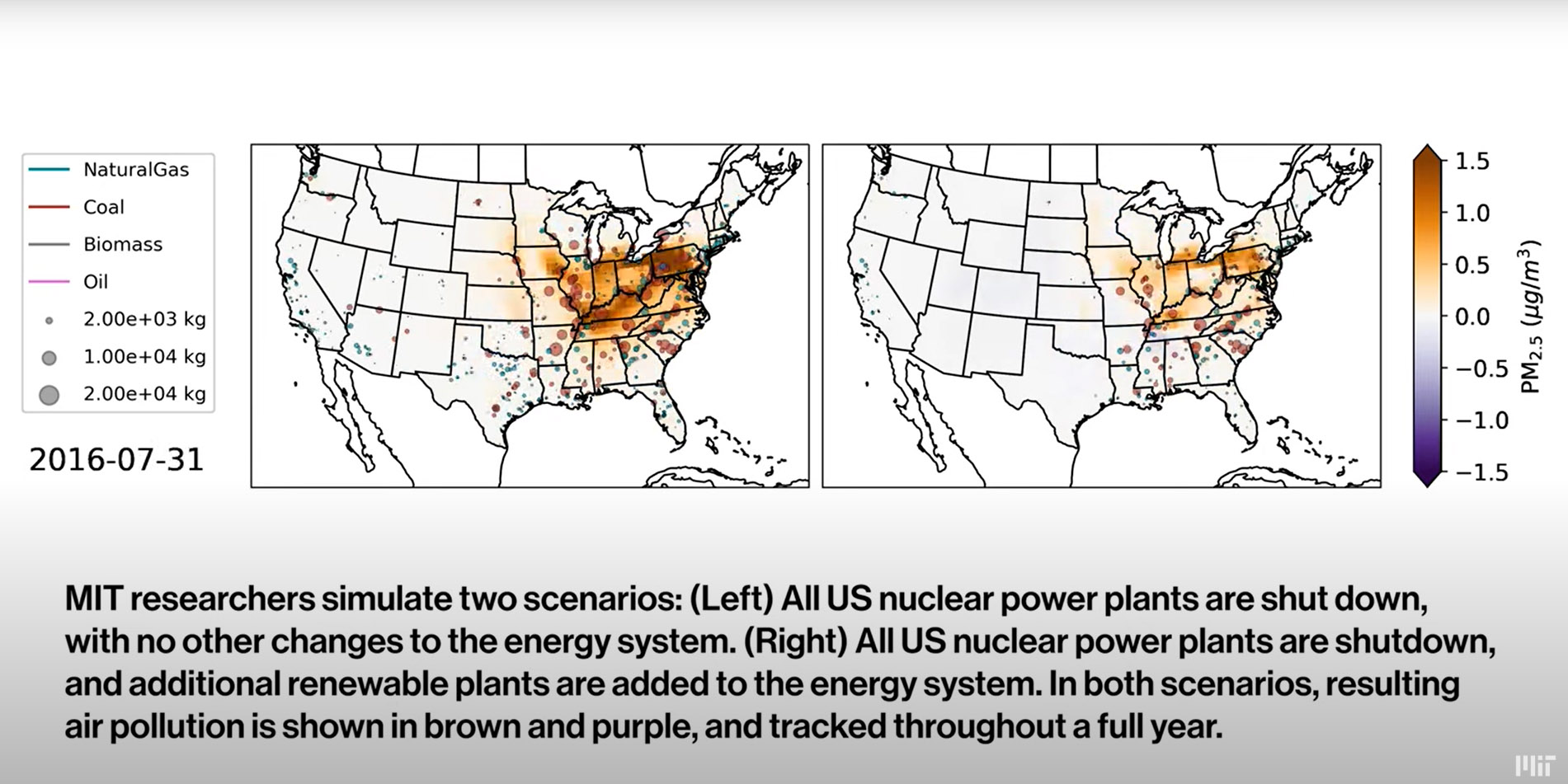
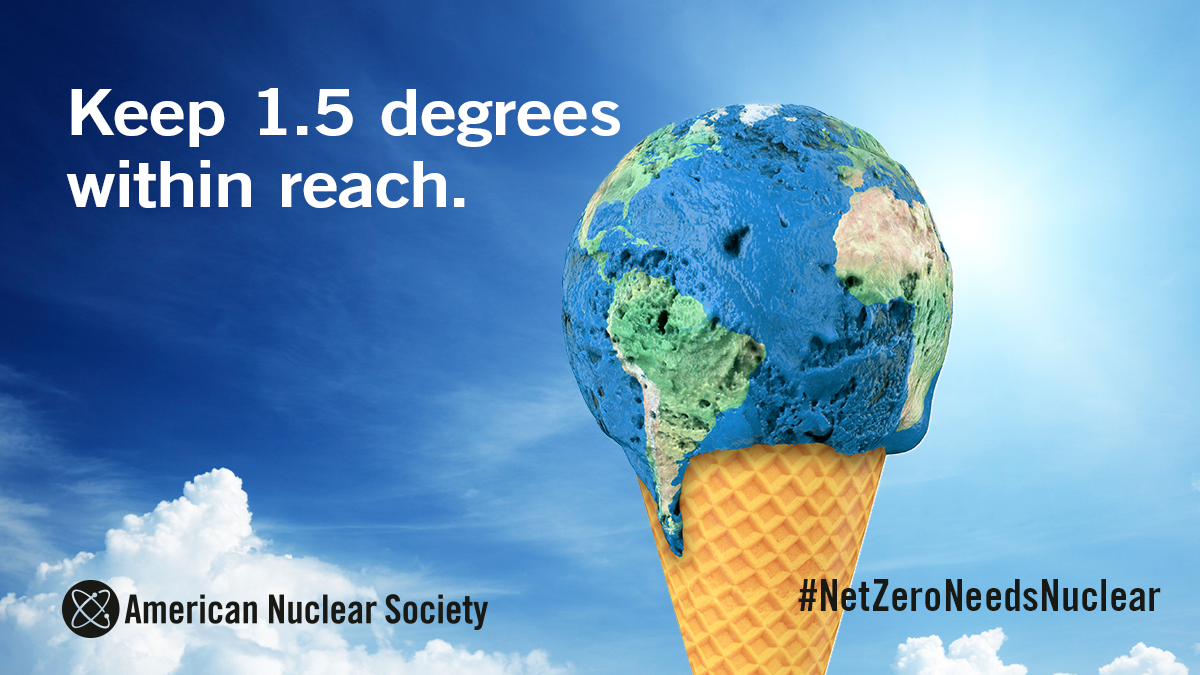
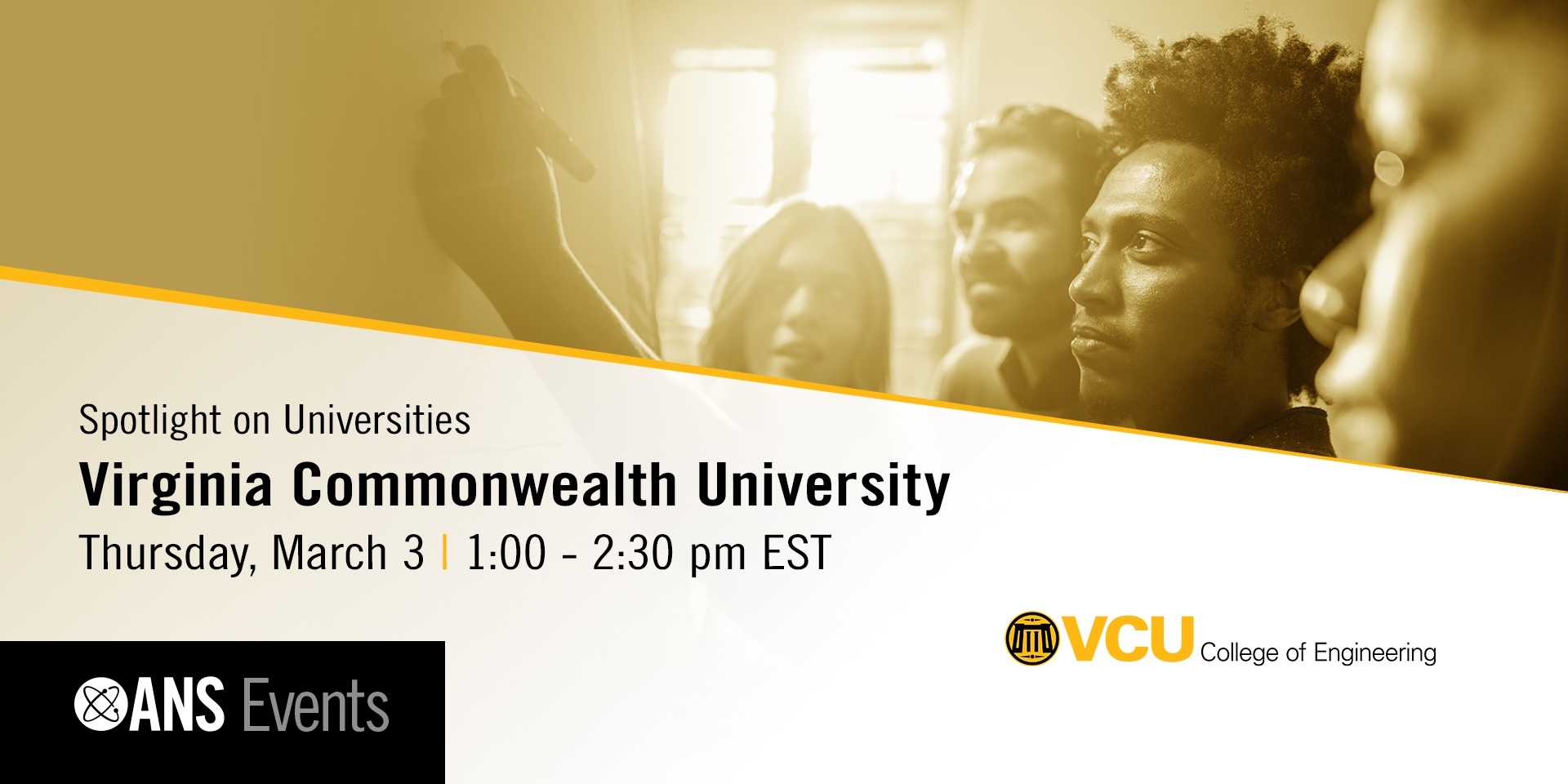
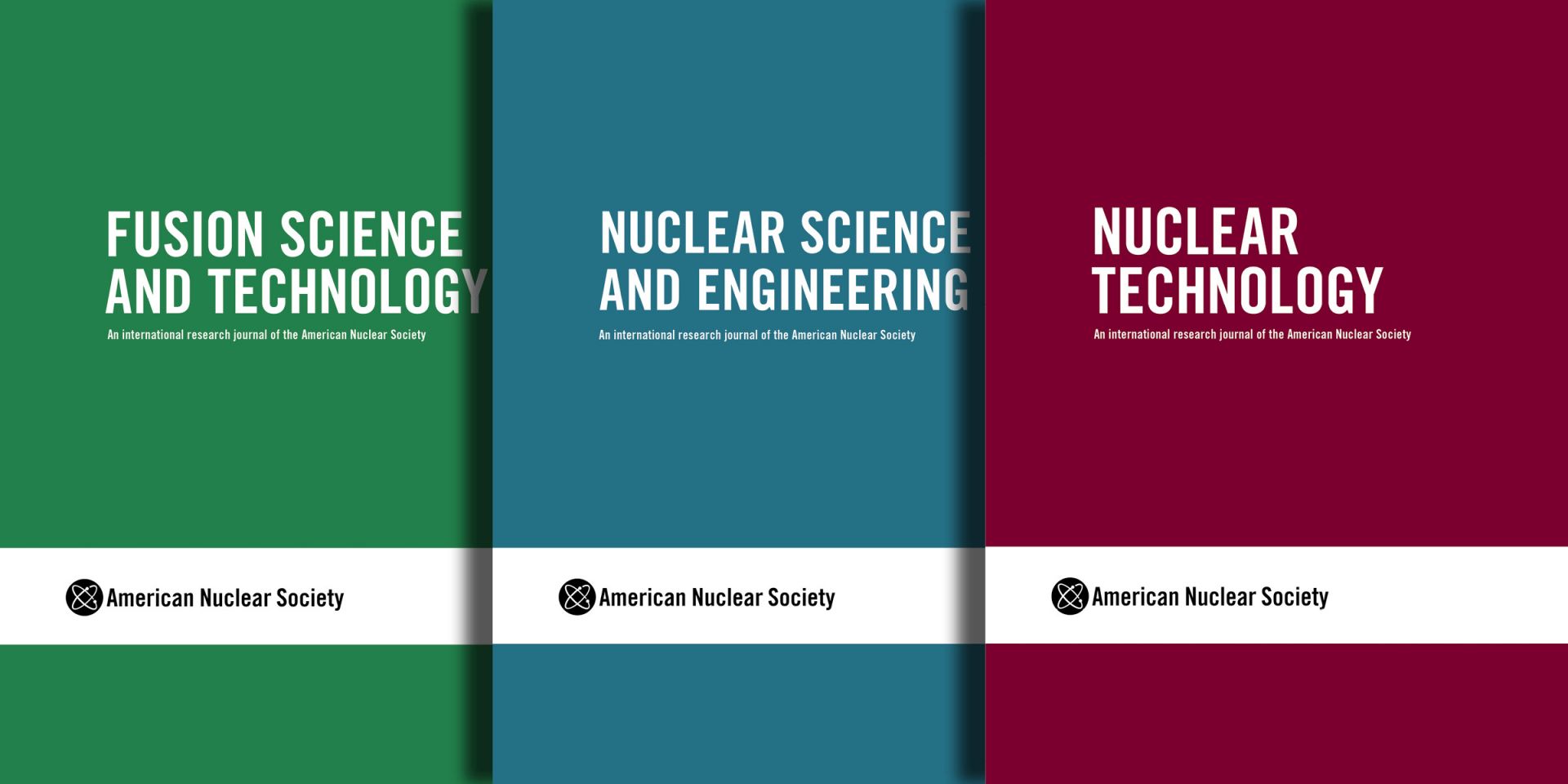
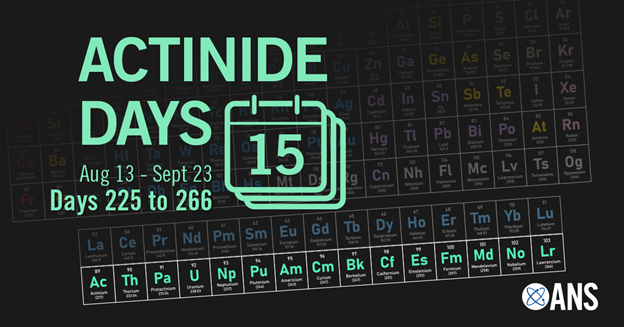

 The International Atomic Energy Agency has awarded
The International Atomic Energy Agency has awarded 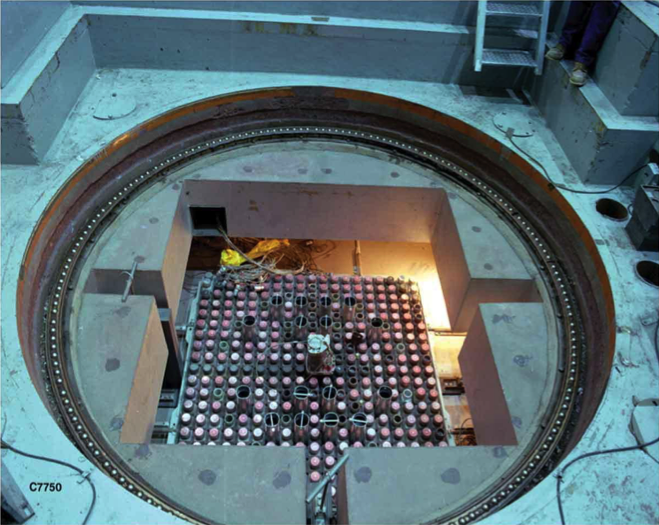
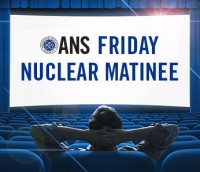
 ANS member Dr. Christopher Morrison was a recent guest on
ANS member Dr. Christopher Morrison was a recent guest on 